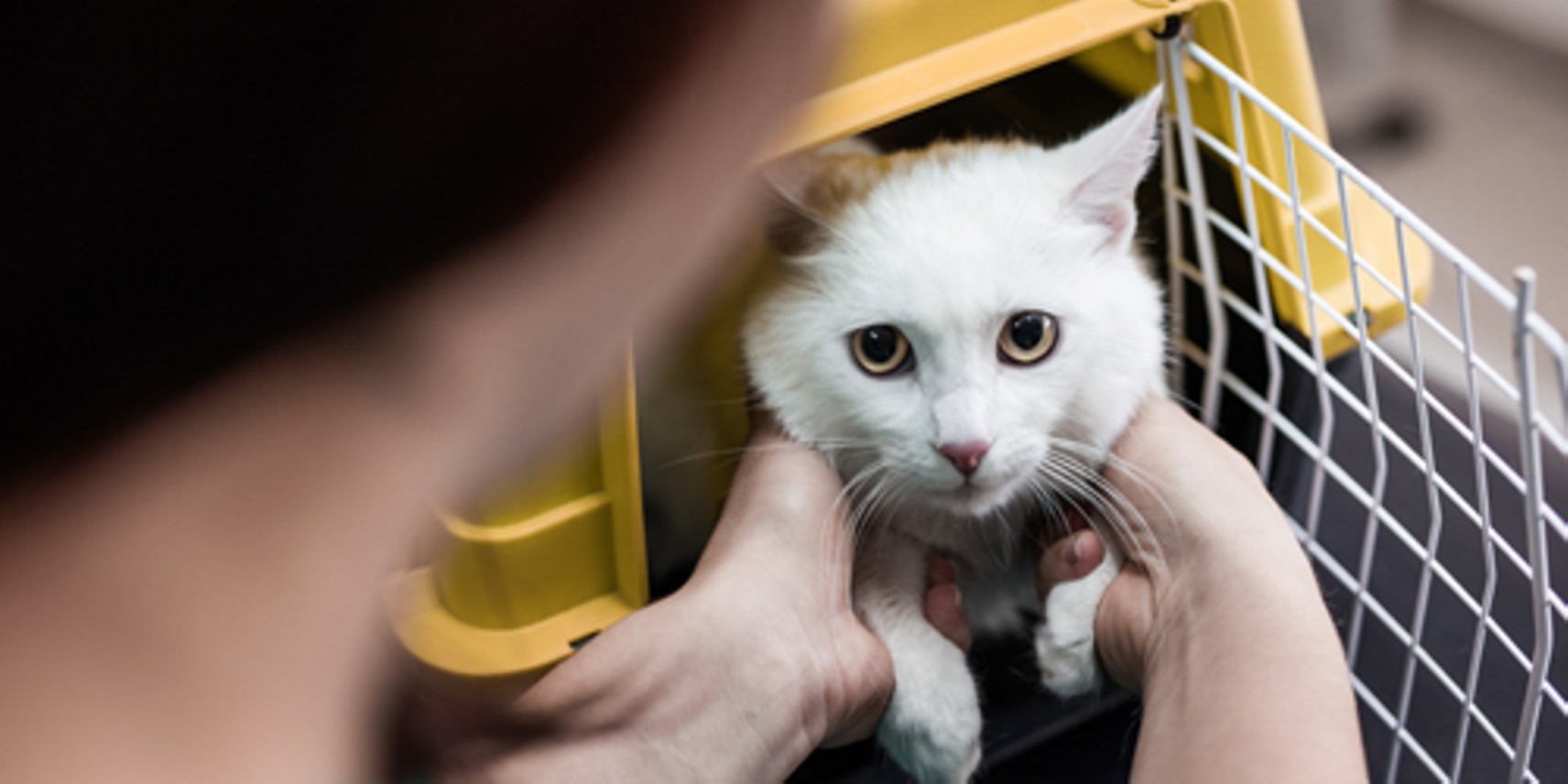Suggestions for a stress free vet visit

ARTICLE BY DR ALICE MARSHALL, REGISTERED VETERINARIAN (NSW VSB)
Vet visits are an essential part of owning a pet. They can be infrequent, such as annual health checks, or more regularly as you manage a chronic health condition. Regardless of the reason, all pets will need to see a vet at some stage in their lives.
Visiting a vet clinic can be a real problem for some of our pets, especially if they have had previous bad experiences. New smells, other animals, bright lights and different noises can all add to the tension.
Here are some strategies you can implement for a stress-free vet visit:
1. Get your pet comfortable with handling
Your pet may not be familiar with being handled in how a vet will work during an examination. At home, when your pet is relaxed, spend time getting them used to being examined and gently handle their feet, ears and tail. Ideally, begin this when they are young, and they will grow up being comfortable with handling and examinations.
2. Familiarise yourself with the vet clinic
If your pet is stressed at the vets, it can pay to visit for several friendly visits before your appointment. This allows your pet to familiarise themselves with the car trip and the new environment at the vets. Creating positive associations for your pet at the veterinary clinic on these visits by giving your pet treats, reassuring them and allowing them to interact with the reception staff positively.
3. Don't associate their cat carrier or leash with vet visits
Just looking at the cat carrier can raise anxiety levels in our pets as they associate the carrier with one use only - a trip to the vets. Use the carrier on trips other than just to the vets to lessen the association. You can make your pet more comfortable by including a favourite toy or blanket in the carrier, too.
4. Choose a quiet time to visit
If your visit is not urgent, call the clinic and ask them when a quiet time to visit will be. Visiting when there are low numbers or even no other animals around will reduce stress for your pet. If this is not possible, waiting outside the clinic until it is your time to go inside can be helpful.
5. Communicate with the clinic staff if your pet is anxious
They will have some strategies they can enact to help smooth your visits - like using the side door, visiting before hours, proposing a house call. The clinic staff will take extra care to avoid worsening the stress.
6. Be calm yourself
Pets are intuitive and can sense their owner's emotional cues. If you're nervous and frazzled, it likely your pet will be, too. Before (and during) your visit, talk to your pet in a calm, reassuring voice.
7. Be prepared
Having your pet’s medical history and names/dose rates of any medications they are on can help reduce time in the examination room. Likewise, details of what you are feeding your pet and their usual exercise routine can be helpful, too. Leaving home with plenty of time can also help ensure you're not feeling rushed and stressed.
To make sure you are covered for when the unexpected happens and a vet visit is required, check out our cat and dog insurance products, or get a quote for your pet.
This article is for general information only. We recommend that you speak to your veterinarian regarding specific advice and help for your pet.